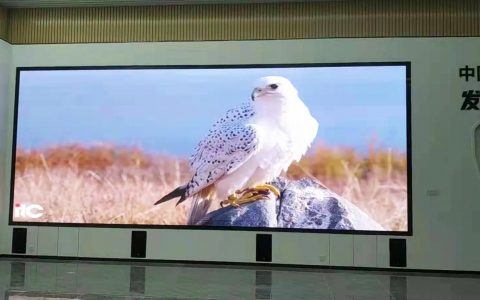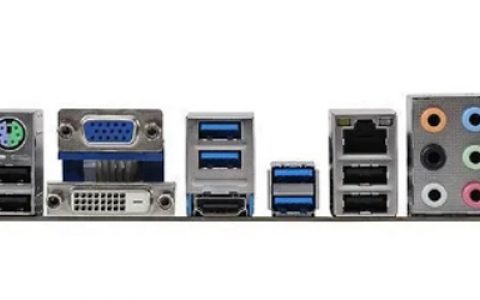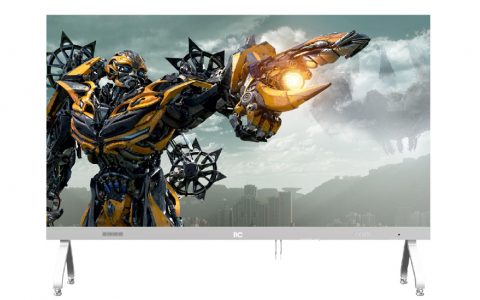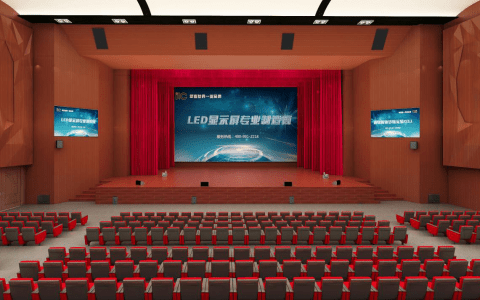LED products are moisture-sensitive components (whether indoor or outdoor products). The bracket PPA (or BT material) used for the lamp beads and the encapsulation epoxy resin (polymer material) have moisture absorption characteristics. Both before and after the SMT process, it will absorb moisture. Moisture prevention before SMT is to prevent the high temperature from causing water vapor to expand when passing through the reflow oven and stress-causing epoxy to peel off, leading to a decrease in the lifespan of the LED or failure; moisture prevention after SMT is to prevent the chip from failing due to electrochemical reactions when it is electrified in a humid environment.
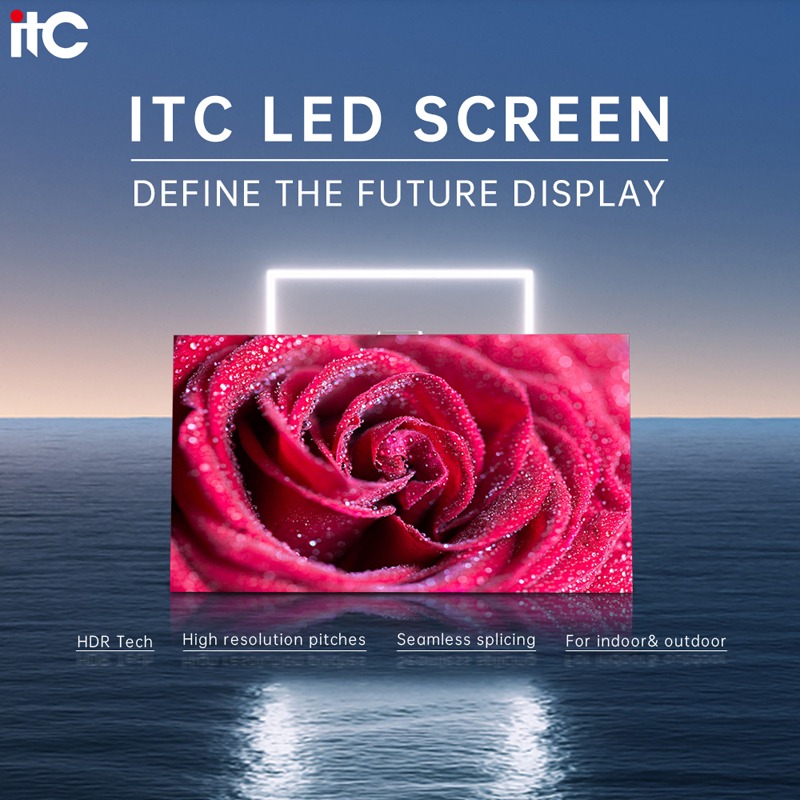
The difference between LED waterproof and moisture-proof measures
Generally speaking, water absorption and moisture absorption are both physical changes, but there is a differences between them. Water absorption refers to the process of material absorbing water in water and increasing its mass; moisture absorption means that the dry substance absorbs water molecules in the air and becomes damp. When the lamp beads are in direct contact with water, the water cannot directly enter the lamp beads. But as time goes by, water vapor slowly penetrates into the lamp beads, thus making them damp, and eventually producing an electrochemical corrosion reaction to lead to failure. In water vapor (moisture), "water" exists as a single H20 molecule. In liquid water, several water molecules are often combined by hydrogen bonds to form (H20)n. Therefore, although the water molecules in the water vapor and the water molecules in the liquid water are the same size, the distance between the molecules in the water vapor is much larger than that in the liquid (about ten times). The water molecules (moisture) in the water vapor have a faster Brownian motion and a larger motion range. The inter-molecular force is very weak, the molecular potential energy is large, and the penetrating ability is strong: while the water molecules in liquid water have a slower Brownian motion and a relatively smaller motion range, the molecular potential energy is lower, the intermolecular force is strong, and the penetrating ability is weak. In addition, the potting glue used in the LED module is silica gel, which has a loose structure with many gaps in the middle. Therefore, the water molecules can penetrate it slowly, while liquid water molecules cannot easily penetrate it in a short time.
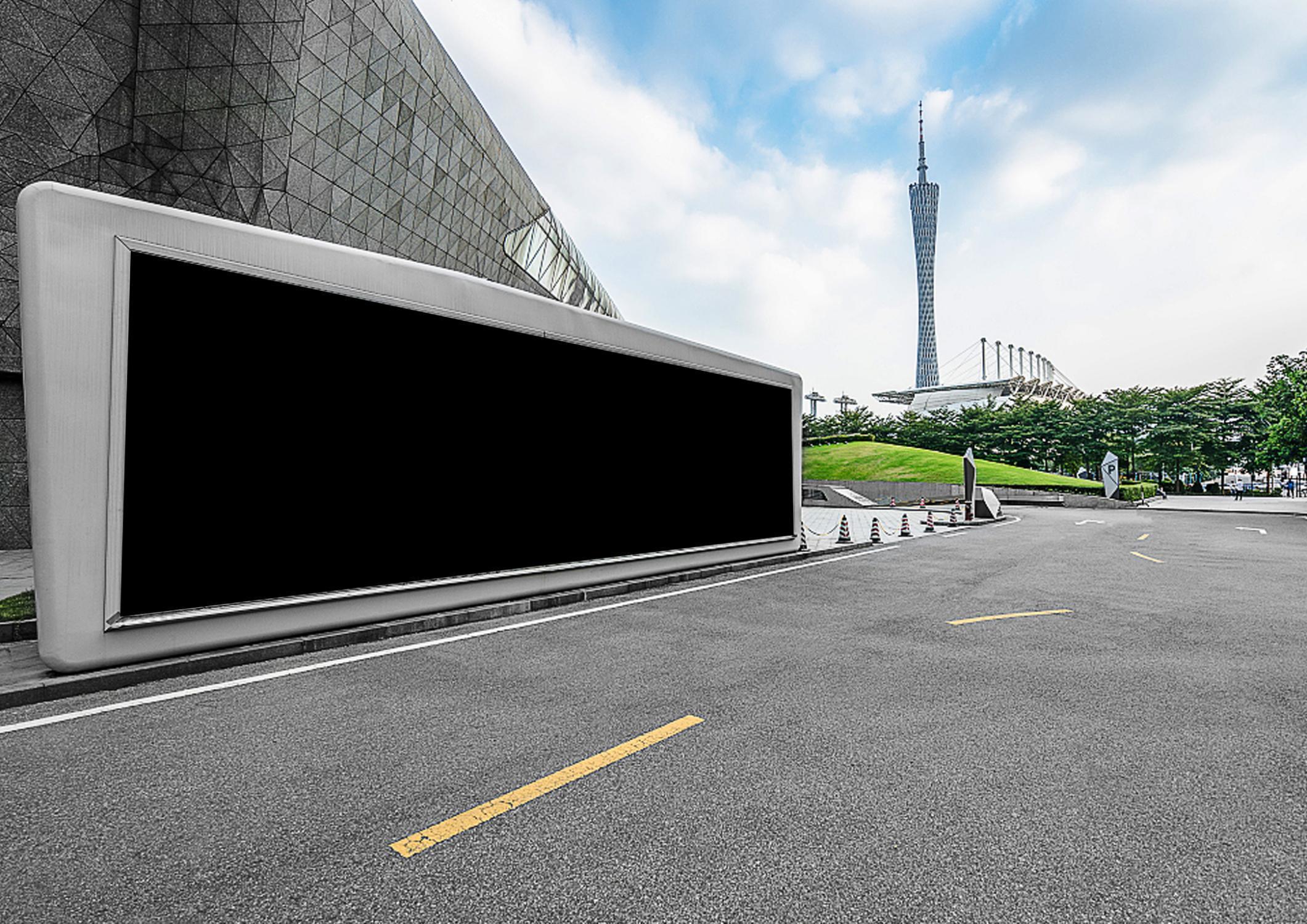
Principle of chip burn and metal migration
- Chip burn When water vapor enters the lamp beads, turn on the power and an electrochemical corrosion reaction will occur on the surface of the chip, and ITO burns appear in the light-emitting area.
- Chip metal migration When water vapor penetrates into the surface of the chip, the metal elements of the electrode are easily electrolyzed to form metal ions. If the forward voltage P+ and N- is applied, the metal ions electrolyzed by the P electrode will migrate along the direction of the electric field. If the reverse voltage P-, N+ is applied, the metal ions electrolyzed from the N electrode will migrate along the direction of the electric field, resulting in short circuit, leakage or electrode failure. Therefore, the precautions are as follows:
- Before the product leaves the factory (in the customer's factory), if the finished product is stored for more than a week, the product must be sealed and stored (vacuum); if the product cannot be sealed and stored, please light up the screen for 2 hours every day to remove moisture, or take out the screen every week and adopt the method of increasing the grayscale gradually for lighting dehumidification.
- Glue protection: in order to more effectively protect the product from moisture, outdoor products must be glued (complete the glue filling process within 48 hours after SMT to avoid inhaling too much moisture before filling, since it is not easy to discharge after filling). The height must cover the pin, and the screen must conduct hung-up aging in time after the rain aging. It is forbidden to store it in the warehouse without processing.
- Finished product storage: for screens that cannot be used in time due to various reasons (such as long-distance transportation, change of delivery date, etc.), sealed packaging is required for storage to avoid long-term exposure (more than 7 days) causing the product to absorb moisture.
- Finished product transportation: if the transportation is more than one week, the module or cabinet must be vacuum-sealed during transportation and stored in a flight case. The flight case should be kept dry and ensure that the finished product is shock-proof and anti-collision during transportation. (For fine pitch products, regardless of the length of the cycle, vacuum sealing of the module or cabinet is required)
- Reverse pressure protection: usually the reverse leakage current of the LED is very small and will not affect the normal use. If the LED suffers a large reverse voltage impact, it will accelerate the electrochemical corrosion, the LED will be damaged. In the design, the reverse voltage should be controlled to reduce the impact of high-frequency reverse pressure on the LED chip in the circuit. 6. Temperature protection: It is recommended that the screen use temperature is (-30-50) ℃. In use, the temperature of the lamp surface should not exceed 55℃, and the temperature of the lamp feet should not exceed 75℃. If the customer’s module or cabinet has been stored for a long time, the best solution is to put the module in an oven for dehumidification (70°C * 16 hours) before the normal aging.


